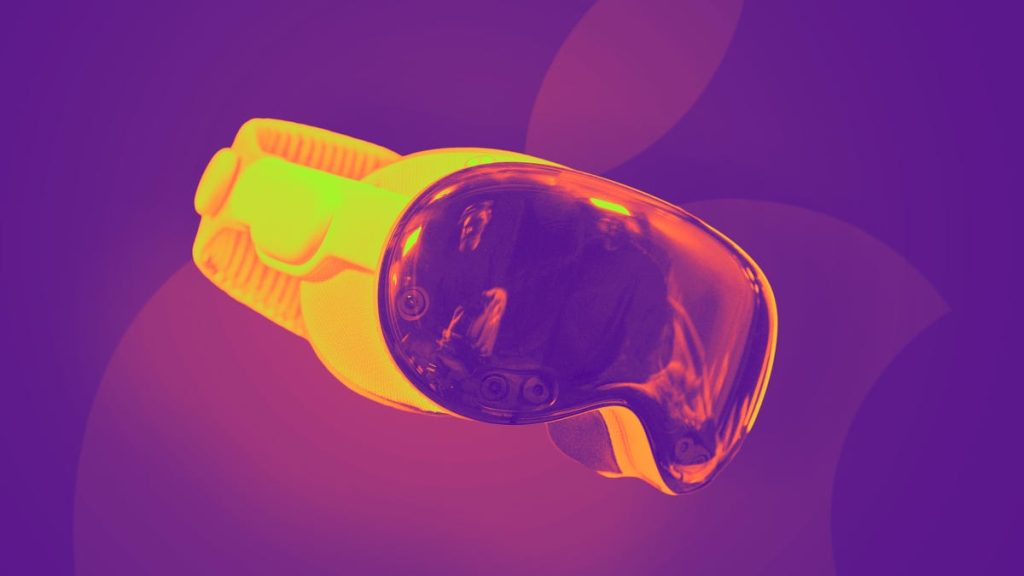Apple is reportedly considering developing a lower-budget version of its Vision Pro mixed-reality headset. This new version would shift the computing power to the iPhone, making it a more affordable option for consumers. The company is also looking into creating lower-cost versions with scaled-down technologies, such as a less advanced chip, in an effort to broaden the device’s appeal. This move comes as Apple aims to make the device more accessible to a wider range of customers who may be deterred by the high price tag of the current Vision Pro headset.
The idea of offloading the computing components to an iPhone and using the headset as an accessory for watching movies is similar to the offerings of companies like Xreal, who have designed devices that resemble regular eyeglasses with a thinner frame. Tech companies have been experimenting with this type of design, with Meta showcasing its Orion AR glasses and Snap updating its AR-focused Spectacles. Apple’s current Vision Pro headset has received praise for its capabilities, but has struggled to attract a wider audience due to its high price point, which CEO Tim Cook has acknowledged in the past as not being a mass-market product.
By introducing new, more affordable designs to the Vision lineup, Apple is hoping to appeal to customers looking for a lower price tag or a lighter, sleeker wearable for their face. Additionally, having an option that is tied to the iPhone could help keep Apple’s phone at the center of its ecosystem, further integrating the company’s products and services. Analyst Ming-Chi Kuo has mentioned that the production of a lower-cost Vision model may be delayed beyond 2027, with the only new head-mounted display device from Apple next year being one with an upgraded M5 processor. This delay may be due to the company’s focus on creating successful use cases for the device, similar to the situation with their HomePod smart speakers.
In addition to the development of a lower-budget version of the Vision Pro headset, Bloomberg has reported that Apple is also planning to launch smart glasses to rival Meta’s Ray-Ban models. The company intends to leverage its billion-dollar R&D investment from the Vision Pro’s visual intelligence into more products with greater mainstream appeal. This move indicates Apple’s commitment to expanding its presence in the augmented reality market and competing with other tech giants in the space. As the demand for AR and mixed-reality devices continues to grow, Apple is strategically positioning itself to capture a larger share of the market by offering a range of products to suit different consumer preferences and budgets.
Overall, Apple’s decision to explore creating more affordable versions of its Vision Pro mixed-reality headset and smart glasses demonstrates the company’s commitment to innovation and meeting the needs of a wider customer base. By leveraging its existing technologies and design expertise, Apple aims to make its AR products more accessible to consumers and enhance the overall user experience. While the exact timeline for these new products may vary, the company’s focus on developing a range of offerings to suit different preferences and budgets is a smart strategy to capitalize on the growing demand for augmented reality devices in the market.












